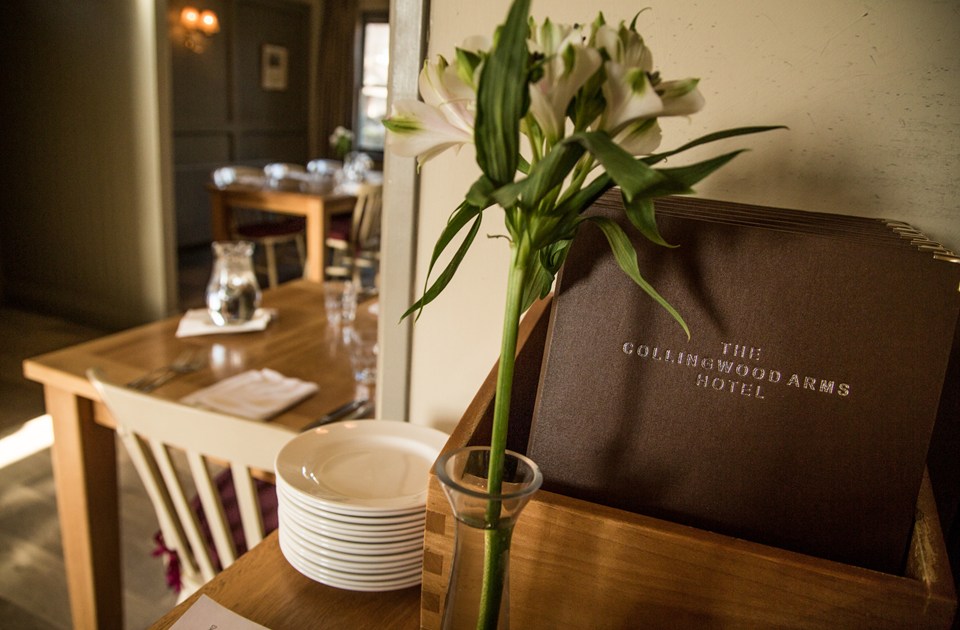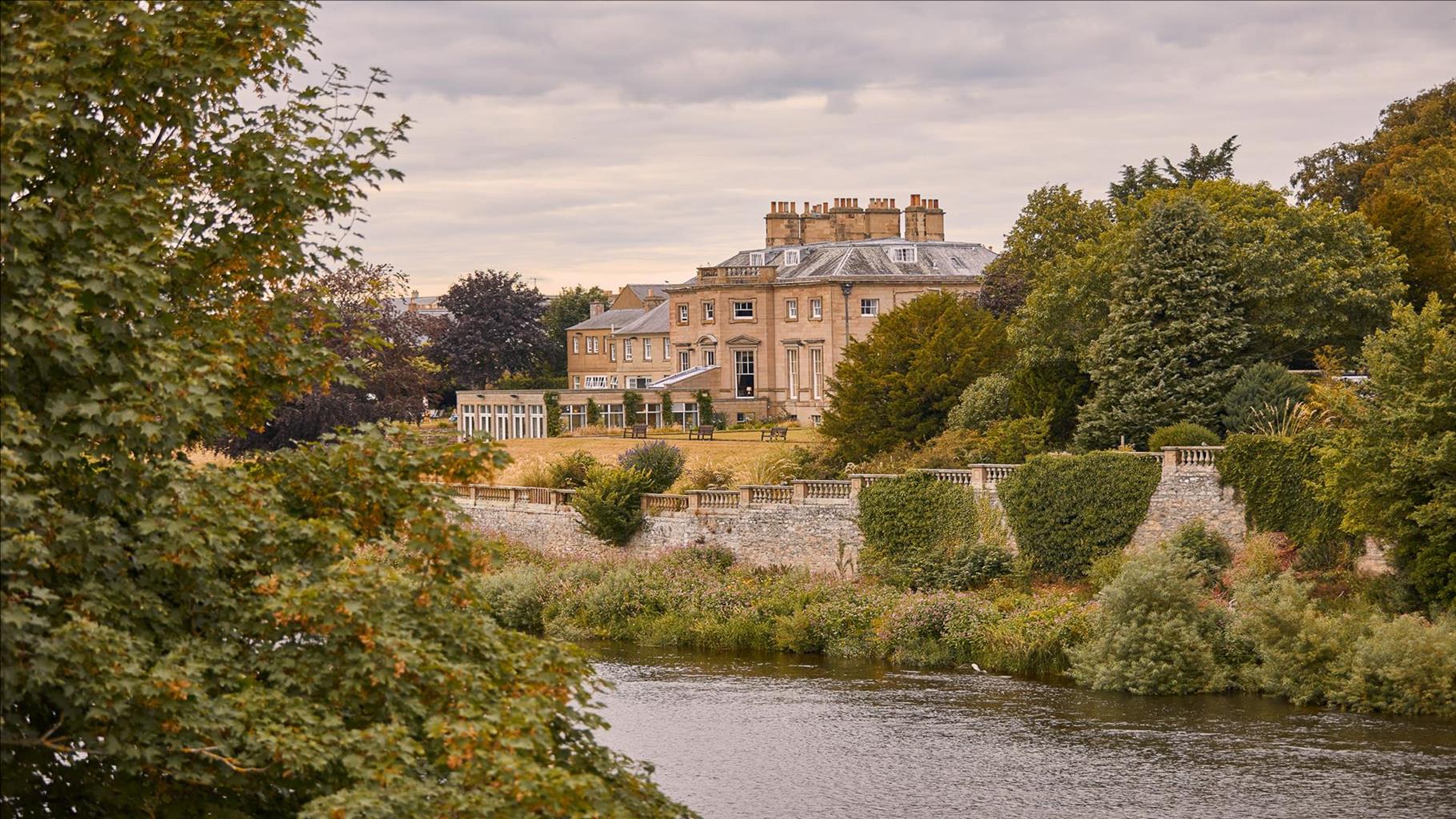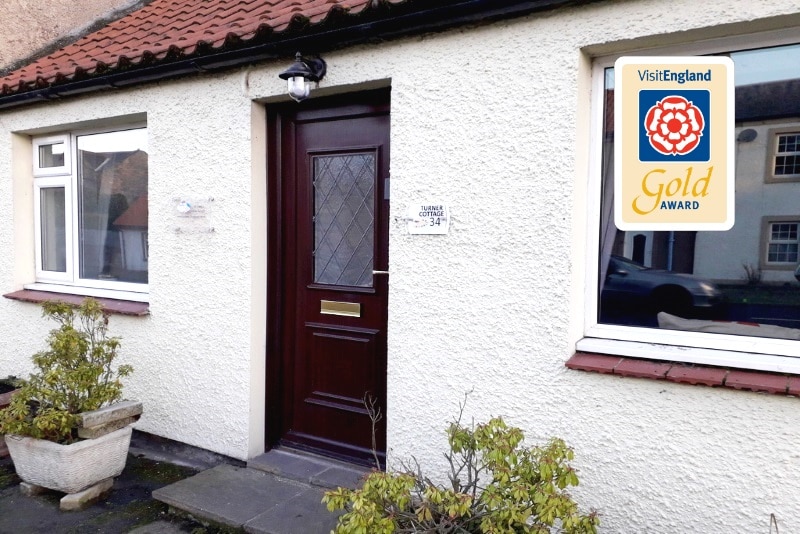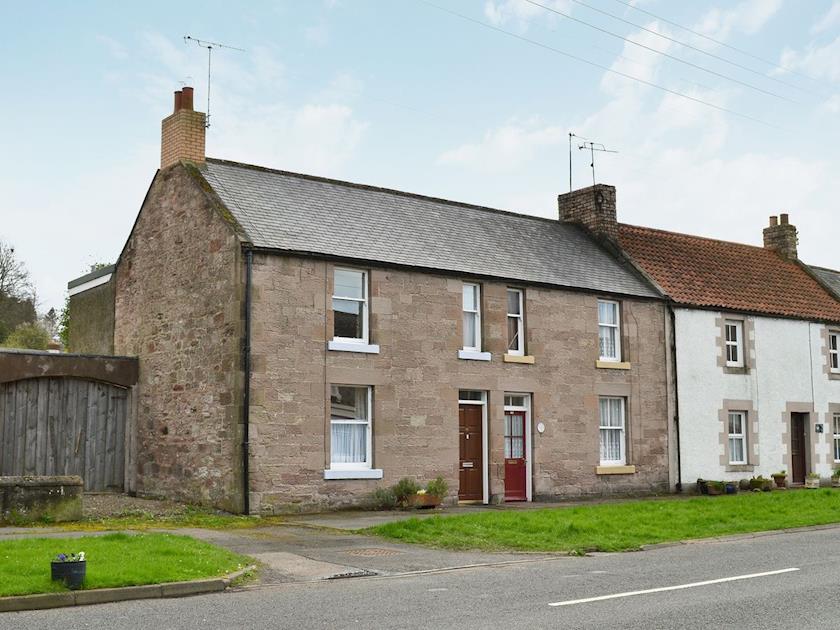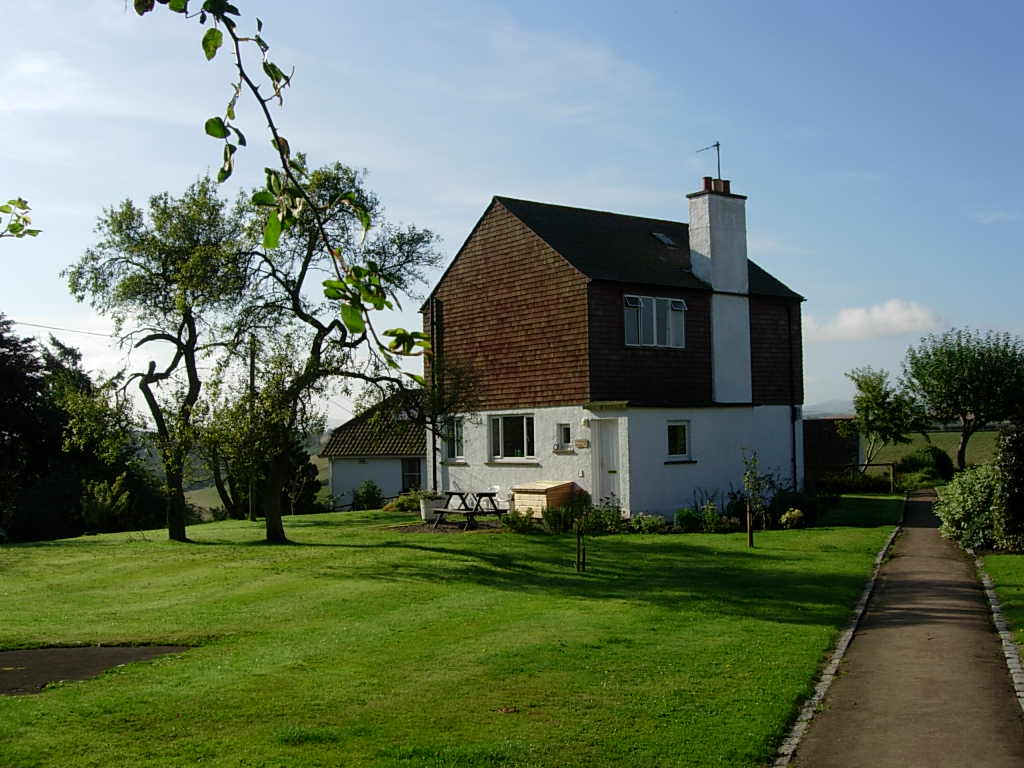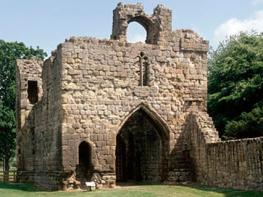Specialists in self-catering holiday accommodation for two people or an individual guest in the…
Norham and the Tweed Valley

4 miles (6.4kms)
About the walk
Walking through the spacious streets of Norham, where low cottages and splendid mini town houses lead to an open green graced by a cross that has stood there for centuries, it is hard to believe that this was once the most dangerous place in all England, or so we are told in Sir Walter Scott's epic poem Marmion. Yet he was probably right, for when the bold knight, Sir William Marmion, actually came to Norham in 1319, it was indeed a troubled place, a state that had existed since the Norman Conquest in 1066 and was to continue into the 16th century.
The Prince Bishops
Once William I established himself in England, he assumed the country would buckle down to Norman order, but the North was not so inclined. A series of revolts incited William to embark upon a campaign of death and wholesale destruction that became known as the 'Harrying of the North'. However, even that was only effective in the short term and he delegated the job of governing these unruly people to the Bishops of Durham. Dubbed the Prince Bishops, they became very powerful and, in effect, ruled Northumbria as kings. However, the trouble didn't stop there, because the Scots had always regarded the land as theirs anyway, and for centuries the North was repeatedly devastated, either by battle or from the passage of one warring faction or the other, plundering food and anything else of any use as they passed through.
The castle
Norham's castle was founded by Bishop Ranulph Flambard in 1121 as a defence against the Scots. Despite its formidable situation on high cliffs above the Tweed, they still managed to take the castle twice during the next 16 years. Under the control of the bishops, the fortress was rebuilt and extended from 1157 into the 13th century, with such effect that it withstood a 40-day siege in 1215. A century of peace followed, but with the return of hostilities, Norham was again in the front line. During the next 200 years it was besieged six times and captured twice, the last occasion being in 1513 as the confident Scots made their fateful journey towards Flodden. Afterwards, the English undertook extensive repairs to strengthen the defences against the modern artillery that had been its downfall. However, the political wind changed and the castle passed to the Crown in 1559, after Bishop Tunstall refused to take the Oath of Supremacy. No longer required as a strategic outpost, it gradually declined to the spectacular ruin that it is today.
Ancient settlers and Victorian visitors
Archaeological work suggests that the area was probably first fortified during the early Iron Age. The high embankment towering above the field path, leading towards the castle near the end of the walk, is believed to be part of an earthen rampart defending the eastern aspect of the headland above the village. Traces of a third outer medieval bailey and more recent artillery emplacements were also found, indicating a much larger fortified enclosure than was previously considered. The field path to the castle is thought to have been created after Norham Station opened, to provide a ready access for Victorian visitors, eager to realise the romantic dreams inspired by Scott's poem and Turner's painting of the castle.
Walk directions
Leave the village green by the cross, heading along Pedwell Way to St Cuthbert's Church. In the churchyard, walk along a grassy path between the graves to pass behind the north side of the church, where you will find an opening marking the head of an enclosed path down to the Tweed. Follow the river bank upstream, shortly passing beneath Ladykirk and Norham Bridge.
Immediately beyond, fork left to a stile, turn right and continue at the field edge. Towards its far end, approaching Bow Well Farm, look for a stile which takes the path across a tree-clad bank and out to a lane. Walk right and, approaching the end, pass through the right one of two gates, signed ‘Twizell Bridge’. Carry on across a pasture in front of a cottage to a gate at the far side, which leads into a wood. An undulating path continues above the river.
Reaching a fork above a footbridge, go left through a gateway. Bear left again a little further on and climb to another junction at the top of the wood. Now turn right to walk above Newbiggin Dean, passing beneath the stone arch of a railway viaduct. Eventually, where the path splits just beyond a gate, take the right branch, signed ‘East Biggin’, which shortly leads out to a lane.
Turn left, climbing over a hill. Descend past the former Norham Station, which closed in 1964 and is now a private house, and then between the piers of a dismantled railway bridge. Carry on to the end of the lane.
Turn right, but then leave some 250yds (229m) further on, through an opening on the left, signed as a bridleway to Norham Castle. Keep ahead along the field edge to the bottom corner, where a gated track continues beside a brook through trees. Shortly, go left over a bridge into a field, and there turn right, following its edge out to a lane. Turn left and walk past the entrance of Norham Castle, eventually returning to the village.
Additional information
Field and woodland paths, 3 stiles
Undulating river valley, agricultural land and woods
On lead near livestock
OS Explorer 339 Kelso & Coldstream
Roadside parking in Norham
Close to village centre
WALKING IN SAFETY
Read our tips to look after yourself and the environment when following this walk.
Find out more
Also in the area
About the area
Discover Northumberland
If it’s history you’re after, there’s heaps of it in Northumberland. On Hadrian’s Wall you can imagine scarlet-cloaked Roman legionaries keeping watch for painted Pictish warriors while cursing the English weather and dreaming of home. Desolate battlefield sites and hulking fortresses such as Alnwick, Dunstanburgh, Bamburgh and Warkworth are reminders that this, until not so very long ago, was a contested border region. The ruins of Lindisfarne bear witness to the region’s early Christian history.
Northumberland also has some of Britain’s best beaches. On summer days, and even in winter, you’ll see surfers and other brave souls making the most of the coast. Inland, there are some great walks and bike rides in the dales of the Cheviot Hills and the Simonsides – just hilly enough to be interesting, without being brutally steep. There's dramatic scenery in the High Pennines, where waterfalls plunge into deep valleys, and there are swathes of heather-scented moorland. Northumberland National Park covers over 400 square miles of moorland and valleys with clear streams and pretty, stone-built villages. It’s just the place for wildlife watching too. You’ll find flocks of puffins, guillemots and other seabirds around the Farne Islands, and seals and dolphins offshore.
Nearby stays
Restaurants and Pubs
Nearby experiences
Recommended things to do
Why choose Rated Trips?
Your trusted guide to rated places across the UK
The best coverage
Discover more than 15,000 professionally rated places to stay, eat and visit from across the UK and Ireland.
Quality assured
Choose a place to stay safe in the knowledge that it has been expertly assessed by trained assessors.
Plan your next trip
Search by location or the type of place you're visiting to find your next ideal holiday experience.
Travel inspiration
Read our articles, city guides and recommended things to do for inspiration. We're here to help you explore the UK.


